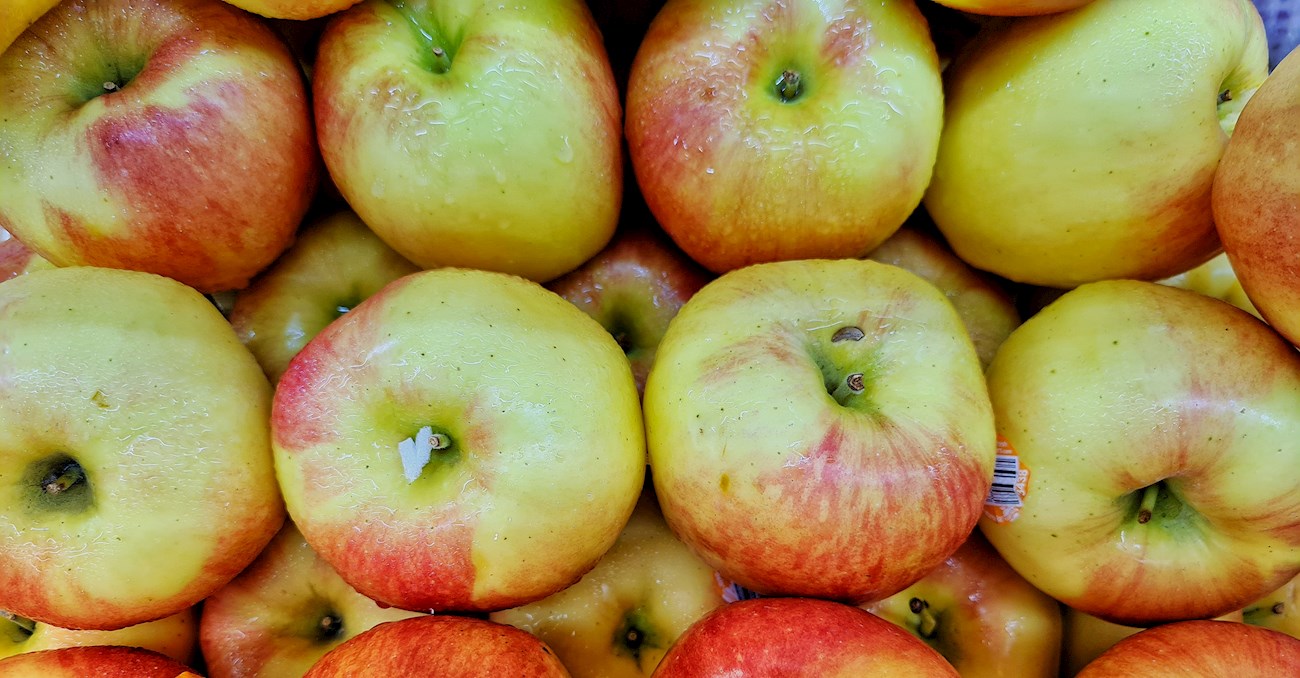TABLE OF CONTENTS
Best Pennsylvanian Pome Fruit Types
Nittany is an American apple variety that was developed in 1979 in Pennsylvania as a cross between York and Golden Delicious. The apples are medium to large in size and the skin is dull to bright red in color, depending on the climate.
Beneath the skin, the texture of the flesh is firm, while the flavors are tart to subacid, similar to York apples. Nittany apples ripen in fall, and it’s recommended to use them in desserts, salads (because the flesh oxidizes very slowly), apple butter, and applesauce.
These apples were named after the Penn State University sports mascot, the Nittany Lion.
Smokehouse is an American apple variety originating from Millcreek, Pennsylvania and dating back to 1837. Believed to be a seedling of Vandevere, these apples are large, with a rectangular to truncate-conic shape. The skin is greenish-yellow and flushed with red carmine stripes and russet dots.
Beneath the skin, the texture of the flesh is tender, crisp, and exceptionally juicy, while the flavors are slightly sour (subacid). Smokehouse apples ripen over three weeks from late summer to early fall. It’s recommended to fry them or use them for the preparation of pies, cider, and desserts.
Jefferis is an American apple variety originating from Chester County, Pennsylvania. These apples date back to 1830 and they’re medium in size and round, with slightly flattened ends. The skin is thin, which makes the apples bruise easily.
Beneath it, the flesh is firm, tender, and crisp, while the flavors are subacid to slightly sweet. Jefferis apples ripen in mid-fall and it’s recommended to use them as dessert apples. When stored, these apples will keep for a fair period of time.
TasteAtlas food rankings are based on the ratings of the TasteAtlas audience, with a series of mechanisms that recognize real users and that ignore bot, nationalist or local patriotic ratings, and give additional value to the ratings of users that the system recognizes as knowledgeable. TasteAtlas Rankings should not be seen as the final global conclusion about food. Their purpose is to promote excellent local foods, instill pride in traditional dishes, and arouse curiosity about dishes you haven’t tried.


